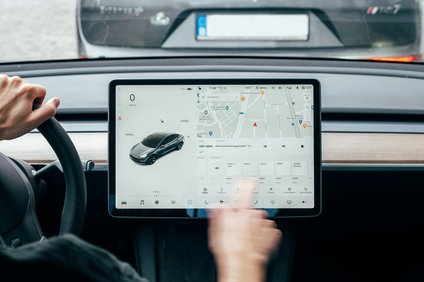Research - 29.08.2017 - 00:00
E-commerce trends: online shops cannot replace retail outlets
The Institute of Retail Management at the University of St.Gallen (IRM-HSG) examined commerce trends. More than 2,900 consumers in Switzerland, Germany and Austria were interviewed for its latest study. The result: despite decreasing retail turnovers in stationary trading, online shops cannot replace retail outlets.

29 August 2017. Cross-channel retailers, which sell their goods both over the counter and through online shops, have become better known since 2011: more than half of the customers interviewed for the study know at least one retailer which sells products or services through the internet and in retail outlets. However, the mere operation of several distribution channels hardly provides retailers with a sustainable competitive edge any longer. Rather, retailers must understand the interaction between the various channels and their customers’ and customer groups’ requirements. Only then will they be able to profit from target-oriented cross-channel strategies.
Stationary outlets must offer more
In all industries in all the countries in which the study was conducted, customers visit their cross-channel retailers’ physical shops more often than their online shops. Also, the amounts they spend in the retail outlets are higher than online. Physical shops provide retailers with options that online shops lack. For example, customer relations can be reinforced and shopping experiences for all five senses can be created in retail shops. The upcoming e-commerce should therefore not replace stationary trading but complement it. Stationary shops are required to improve their cross-channel competence with the help of the internet. The introduction of virtual reality, for instance, or cashless payment can strengthen the shopping experience in the retail outlet.
Customers want home delivery of foodstuffs
Whereas Amazon Fresh has been delivering foodstuffs in the US since 2008, the demand and willingness to pay for such a service is now also growing in Germany, Austria and Switzerland. In the food industry, in particular, customers can imagine spending more in order to enjoy the advantages of home delivery. The high degree of attraction of such a service may be considered to be a call for a comprehensive supply. There is potential for food retailing in this respect. Increasing digitisation enables producers to establish new distribution channels.
Seamless shopping experience is in demand
On their search for a seamless shopping experience between stationary and digital channels, customers are becoming increasingly demanding. An active linkage between retail outlet and online shop, however, is only perceived by a low number of customers today. Whether the advantages of the other channel is not pointed out to customers as a matter of principle or whether they fail to take such pointers on board is not known. In many situations, it may make sense to explicitly guide customers from one sales channel to another. The results of the study suggest that traders should identify strategically relevant contact points and improve the interlinkage of their channels accordingly.
Photo: Photocase / Seleneos
More articles from the same category
This could also be of interest to you
Discover our special topics
















